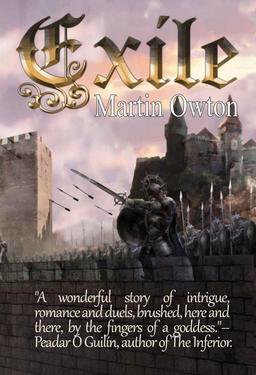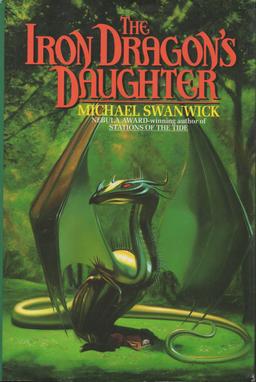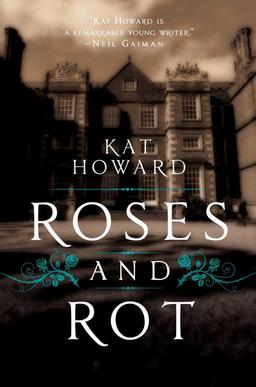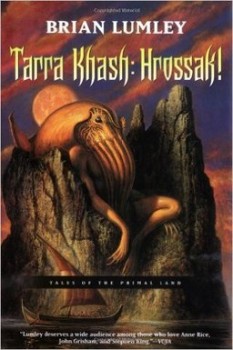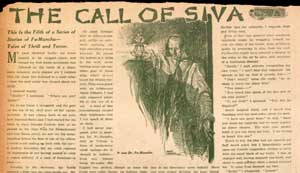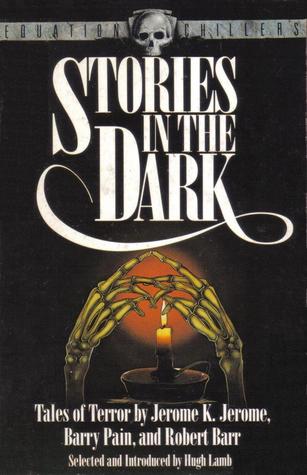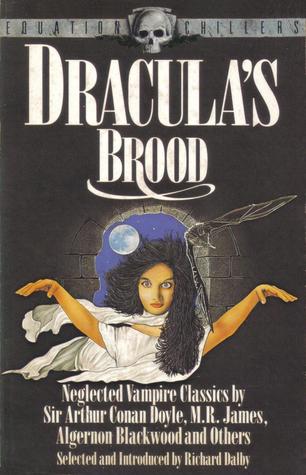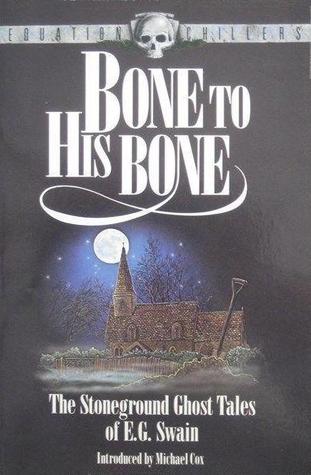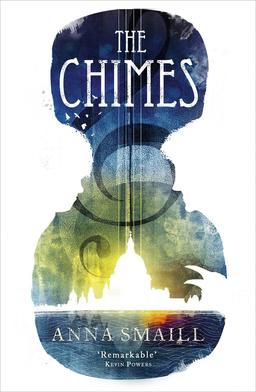The Series Series: Guile by Constance Cooper
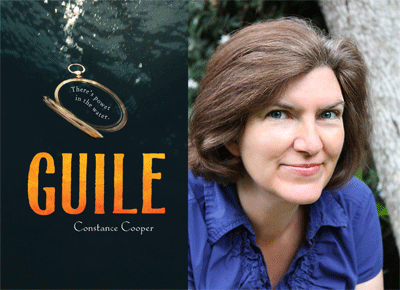 Guile begins with the girl, but here we must begin with the town.
Guile begins with the girl, but here we must begin with the town.
First, posit a dream-logic variation on Louisiana, a region of lovely old towns sinking inexorably into swamp, linked along their river by villages of stilted cabins. People here live by their river, inevitably — subsistence fishing is the most common livelihood — but the river can’t be trusted. Not just because it floods, but because of the mysteries it carries from dangerous lands upstream.
Because this is a dream-logic Louisiana, the pollution the river carries is not a thousand miles of industrial effluent, but the residual magic of a civilization that collapsed long ago. It’s a pervasive, contaminating magic, full of advantages for those who understand it — but it also breaks down the dividing lines between humans, beasts, and objects. People cope poorly when such boundaries get blurred, so even though the effort to police them is futile, policing them nonetheless is one of the principal priorities of this world’s customs. The heroine’s high town relatives are what you might get if H.P. Lovecraft and his prissy Providence aunts had made their respectable home just a mile from a slumful of Deep Ones.
The river might make a tool so intent on the task it was cast for that anyone who touches it can do nothing else. It might warp the bodies of divers who gather old artifacts to sell, webbing their fingers and gilling their throats. Animals who narrowly avoid drowning in the river emerge in a new kind of danger, endowed with human intelligence and speech, to the sometimes violent horror of actual humans. And minds contaminated by the magic can detect the magic, come to recognize its forms and functions, and use it where they find it, while those who’ve kept clean remain magic-blind.
